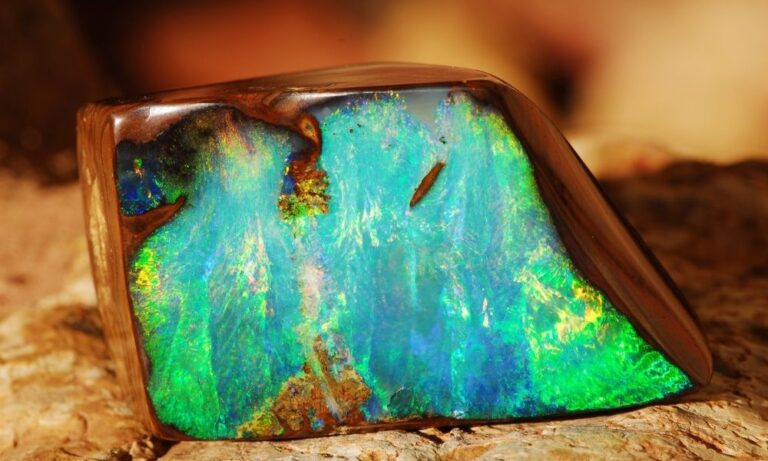Everyone knew the rockumentary-parody This Is Spinal Tap was a very funny movie. Nobody could have imagined the extent to which it would predict the future. Looking with bemusement over the all-black cover of their new album, one of the band members remarks, “How much more black could this be? And the answer is none. None more black.”
Surely, this scene echoed through the halls of Surrey NanoSystems, where scientists were hard at work developing a substance that would be even darker than that infamous album cover. This material, known as Vantablack, is one of the most effective absorbers of light on Earth, one that would not be possible without years of study and testing. The first Vantablack-coated concept car certainly drew attention at auto shows, but this amazing material finds its real use in the aerospace and defense industries, where its light-absorbing properties can vastly enhance telescopes, cameras, and anything that calls for the peak performance of light-sensitive technology. Fascinating stuff, but how does it work? We’ll explain why Vantablack is able to absorb 99.965 percent of visible light.
It’s All in the Name
Understanding Vantablack’s properties begins with an understanding of its name. It’s not, in fact, a variation of “fantasy,” fantastic though it may be. “VANTA” stands for “Vertically Aligned Nanotube Arrays,” the elaborate structure that undergirds the material and gives it its light-swallowing properties. Nanotubes—small carbon tubes that run perpendicular to a surface—behave rather strangely: instead of reflecting light, they fully absorb it. The tiny diameters, measured in mere microns, of the carbon tubes are just wide enough to capture incoming light, but they don’t let it back out. Vantablack releases incoming radiation as heat—a principle familiar to anyone who has worn a black T-shirt on a summer day—but it does not reflect light. This gives it an uncanny “matte black” appearance. Consider that a black laptop, a black car, or that black shirt still have visible contours and dimensions that you can see because they reflect some light back. With the carbon nanotubes of Vantablack trapping light, you see only darkness.
Putting It to the Test
By using not a traditional pigment but rather a unique matrix of delicate carbon tubes, Vantablack is able to absorb 99.965 percent of visible light. If you’re working with processes that require such a low reflection of incoming light, you need a light measurement tool that ascertains you’re meeting those 99-percent-and-up standards. Gamma Scientific features an array of testing apparatuses that will let you know that the surfaces on which you’re relying to keep out light could indeed be none more black.





